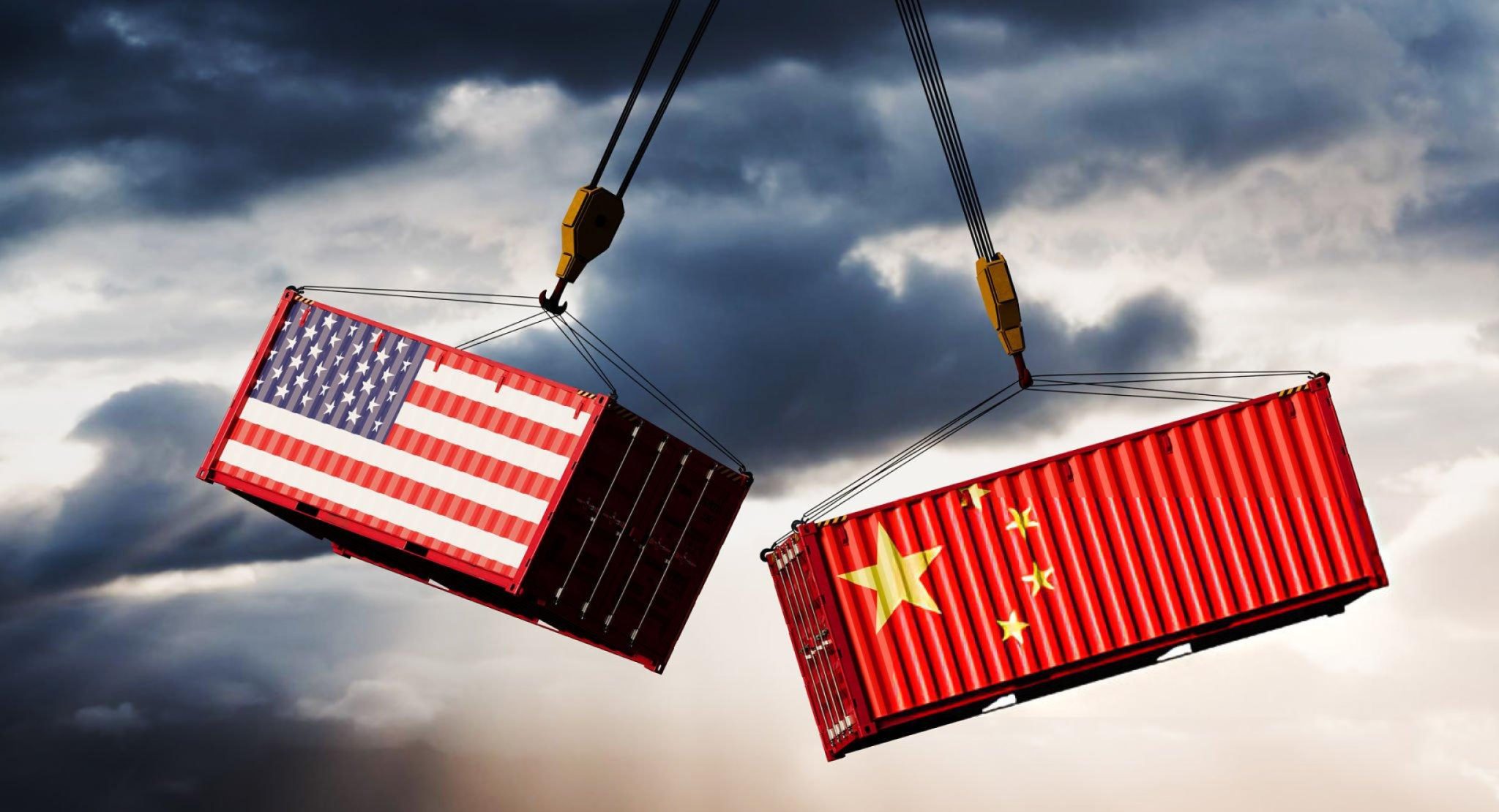As tensions between the United States and China continue to escalate, the repercussions of a deepening trade war are starting to bite — and it’s American consumers, businesses, and investors who are likely to feel the pain first.
This week, former US President Donald Trump, back in office and as combative as ever, declared that his second term’s opening had been “the most successful first 100 days of any administration in the history of our country”. But success, it seems, is in the eye of the beholder. For stock markets, pensions, and the average consumer, the economic climate under Trump has been anything but favourable. Markets have suffered their worst early-term performance in over 50 years, with trillions wiped off valuations.
Trump’s style — a brash mix of unpredictability, bombast, and disdain for international norms — has alienated not only traditional rivals but long-standing allies. His administration has floated outlandish territorial claims on regions like Greenland and the Panama Canal, and even made provocative suggestions about Canada. He has further undermined Western unity by humiliating Ukraine’s Volodymyr Zelenskyy, forcing a peace agreement that benefits Moscow, and rejecting a UN resolution widely supported across the globe.
However, this is not merely about one man. As chaotic as Trump’s approach may be, it reflects a broader shift in global power. The dominance of the US is no longer uncontested. China, along with emerging powers such as India, Indonesia, and Brazil, has been rising for decades, and what we are witnessing now is the growing pains of a multipolar world.
Trump’s renewed offensive on trade, particularly against China, is a key front in this global jostling for supremacy. The latest round of tariffs, announced in April, was supposedly designed to protect American industries and punish unfair practices. In reality, it is ordinary Americans — not Beijing — who will pay the highest price.
Since the blanket tariffs were imposed, container traffic from China to the US has plummeted by almost two-thirds. Chinese factories that once churned out goods for small American businesses have begun winding down operations or shutting entirely. That means fewer goods on American shelves, higher prices, and small businesses struggling to fill inventories. A $2 trillion hole in annual consumer goods can’t simply be patched overnight.
Ironically, Trump’s “America First” strategy may be backfiring. While Washington gambles that Beijing will blink first to save its own economy, Chinese social media has dubbed Trump “Tariff Beauty” — suggesting, with some glee, that he’s sleeping through a crisis of his own making, harming the US more than China.
Treasury Secretary Scott Bessent remains confident that China will return to the table under economic pressure. But even if talks begin, trade negotiations are notoriously slow. For now, American families will see rising costs on everyday items, while businesses scramble to find alternative suppliers — many of whom will be more expensive or less efficient.
And yet, Beijing is not without leverage. Elon Musk’s Tesla has built a strong presence in China, but with Tesla underperforming and Musk’s public ties to Trump growing more toxic, Chinese regulators could find any number of reasons to curtail Tesla’s business. Likewise, Miriam Adelson, a major Trump donor whose family fortune depends on Macau’s casino revenues, could face pressure if China decides to turn the screw there.
The coming months will likely see worsening conditions — not in China first, but across the US. As Trump continues to trumpet his perceived victories, he would do better to acknowledge the growing storm and find a strategy that protects, rather than punishes, American interests.






